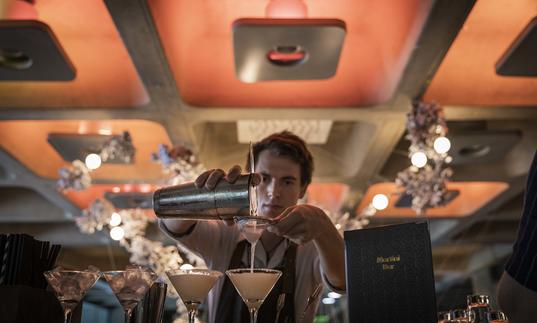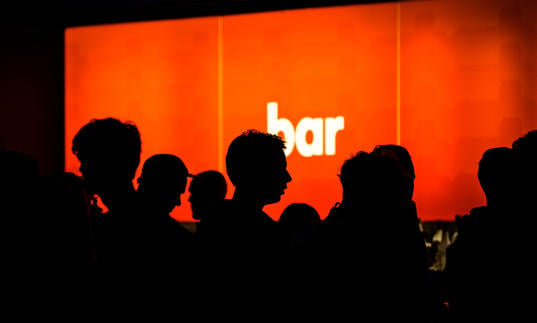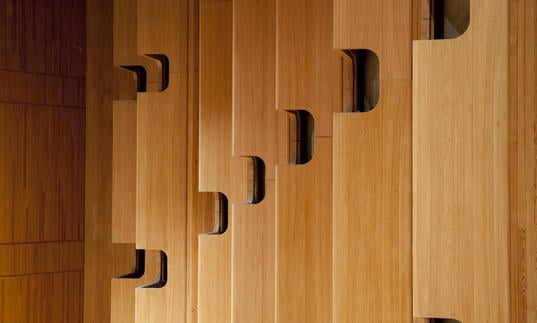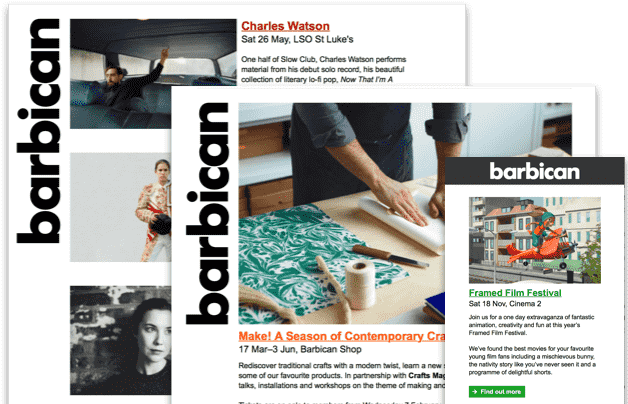Jóhann Jóhannsson: Last and First Men
The performance will begin promptly at the advertised start time of 8pm
Running time: 75 minutes, no interval
Timings are approximate and subject to change

Jóhann Jóhannsson’s search for the final human species took him from the Balkans to the Scottish Highlands. Andrew Male spoke to him before the premiere at Manchester International Festival last year.
The idea first came to Jóhann Jóhannsson in 2010.
Back then, the Icelandic composer had been releasing music as a solo artist for just over ten years, crafting haunting, elegiac concept albums about lost utopias that combined weeping orchestral arrangements with subtle, pattering electronics and impassive disembodied voices. He’d simultaneously been composing soundtracks for film and TV and directing Super 8 and 16mm shorts that he projected at his concerts. He also found himself wondering when he’d ever get to make that grand movie of his own.
‘I’d never really found an idea that propelled me,’ he says, ‘and then I saw it. The idea. There. Fully formed.’
The idea was contained within the pages of a 2010 art book by the Dutch photographer Jan Kempenaers. Entitled Spomeniks, Kempenaers’ book contained glossy full-colour prints of the huge, brutalist war memorials erected in the former Republic of Yugoslavia between the 1960s and the 1980s, but no accompanying text. Jóhannsson immersed himself in research.
‘Spomeniks were commissioned by Marshal Tito, the dictator and creator of Yugoslavia,’ he explains. ‘Tito constructed this artificial state, a Utopian experiment uniting these Slavic nations, with so many differences of religion. The spomeniks were intended as symbols of unification. The architects couldn’t use religious iconography, so instead, they looked to prehistoric, Mayan and Sumerian art. That’s why they look so alien and otherworldly.’
Jóhannsson became fascinated by the symbolic complexity of the spomeniks. War monuments built on the site of massacres and concentration camps, many spomeniks possessed significantly different meanings depending on whether you were Serb or Croat. ‘Nothing is simple in that region,’ explains Jóhannsson. ‘Each spomenik had layers and layers of cultural complexity, which kept me continually fascinated by them.’
With esteemed Norwegian cinematographer Sturla Brandth Grøvlen (Victoria, Rams) in tow, Jóhannsson spent a month travelling through the Balkans, filming the spomeniks on 16mm black-and-white film. Using a motorised zoom, and a small dolly to move the camera slowly and precisely across the surface of the structures, Grøvlen and Jóhannsson shot in available light, primarily in the ‘golden hour’ of dawn and dusk, and almost entirely against the sky, in order to show little other than the monuments, the sun, the clouds and the surrounding nature.
Aside from the Best Film Score Golden Globe he picked up in 2015 for James Marsh’s The Theory of Everything, Jóhannsson is probably best known for his nervy, menacing soundtracks to Denis Villeneuve’s remarkable run of otherworldly psychological thrillers, such as Prisoners (2013), Sicario (2015) and Arrival (2016). While there are some parallels with the ruminations about non-linear perception of time that infuse Arrival, Jóhannsson’s work is a very different beast, though science fiction history also runs in its blood.
Using no digital embellishments and no grading, just 16mm film scanned in high definition, the black-and-white footage recalls the science fiction cinema of the 1960s and 70s, the slow, deliberate movement of the camera across the massive spaceship exteriors in Stanley Kubrick’s 2001: A Space Odyssey, Douglas Trumbull’s Silent Running and Andrei Tarkovsky’s Solaris. Jóhannsson also cites the influence of Fred Kelemen’s crawling dolly movements in Béla Tarr and Ágnes Hranitzky’s The Man from London and The Turin Horse.
‘We wanted to film these sculptures in a very formalistic manner,’ says Jóhannsson, ‘to emphasise their strange asymmetrical beauty. We woke every morning at four o’clock to be ready for the sunrise and stayed outside filming all day until there was no light. It was one of the most happy experiences in my life, and one of the most gruelling.’
As a composer who has worked on movie soundtracks since 2000, Jóhannsson knew the next stage would be the music, but he also knew that just simply adding a score to these images would be too easy. He wanted to infuse the whole experience with another layer of narrative. Again, he gravitated towards science fiction.
‘I’m a big fan of literary science fiction,’ explains Jóhannsson, ‘and the very early stages of its development in the late 19th century and the early part of the last century, when the genre was called “scientific romances”. Stapledon was instrumental in establishing the potential of science fiction as a serious literary from and influenced writers as diverse as Stanislaw Lem, the Strugatsky Brothers, Samuel Delany and many others.’
Jóhannsson had encountered the writings of this Wallasey-born author and philosopher through his highly-acclaimed visionary 1937 novel Star Maker. Revisiting Stapledon’s works afresh, Jóhannsson discovered ideas quite unlike any he’d previously encountered.
‘It’s speculative fiction in the truest sense,’ he says. ‘Speculating about the future to explore a philosophical thought, and alternative ideas of society and humanity.’
Of all the books he revisited, Jóhannsson was most struck by Stapledon’s 1930 debut Last and First Men, a history of the solar system across two billion years. ‘Like the anthropology of the future,’ he says, ‘written in this mix of mystical lyricism and cold academic text.’
It’s a powerful, peculiarly hypnotic work, simultaneously poetic and dispassionate, and Jóhannsson knew exactly the right person to narrate the words: Tilda Swinton. ‘I wanted it to be read like someone reading from a manual,’ he says. ‘From the very first moment, I knew it just had to be Tilda Swinton. There was no one else I imagined. I wanted her narration to sound like a strange academic lecture, tinged with a melancholy lyricism, read by an authoritative voice from the future. I was also influenced by the measured and sometimes rather solemn readings of literary works that were the staple of Icelandic national radio when I was growing up.’
Jóhannsson is now recognised as an award-winning international musician who’s worked with talents as diverse as Marc Almond, Bang on a Can, Barry Adamson, the Hafler Trio, SUNN O))) and Bill Morrison. However, none of this made it any easier to secure the services of Swinton for this key role. ‘It took a long while to get that.’
Recorded near her home in the Scottish Highlands, Swinton’s voice brings an impassive, stately chill to Stapledon’s words, yet also an exquisite valedictory sadness – as if this voice is itself dying as it narrates the Earth’s final document of record. ‘I’m only using the last two chapters of Stapledon’s book,’ says Jóhannsson, ‘so, yes, it’s about the very end of humanity, and I wanted Tilda’s voice to gradually become slower and slower, weaker and weaker.’
One of the most striking aspects of the work is how Jóhannsson’s weightless, mournful score accompanies Swinton’s elegiac delivery, and the camera’s slow exploratory movement through these alien landscapes, in harmony with both but never overwhelming either. ‘That took a while to get right,’ says Jóhannsson. ‘I’d already written some music to accompany the images, but the work became a totally different thing when I put Tilda’s voice over it. The challenge was how to write music around this voice, because I didn’t want an installation or an artist’s film. I wanted to use these elements to tell a story.’
This presentation will, he says, be very far removed from a regular cinematic experience. ‘The idea is to make a full audio-visual performance,’ he says, still playing his cards close to his chest. ‘We’ll be using live music, visuals and lighting in a way that’s impossible to do in a cinema. I’m very excited about it.’
Reaching this end point has been a tremendous challenge, says Jóhannsson, but that is also what’s kept him going.
‘I think Last and First Men is the kind of piece that will live on in many different incarnations, but this is important, because this is its first one. Maybe it’s a big ask for people to sit for 70 minutes and look at concrete and hear about the end of humanity, but hopefully we’ve taken all these elements and made something that is beautiful and poignant. Something like a requiem.’
Andrew Male is the Senior Associate Editor of MOJO magazine. He also writes about books, film, music and TV for The Guardian, Sight & Sound and Sunday Times Culture. These notes were originally published in the programme for the premiere of Last and First Men in the Manchester International Festival in July 2017.
The performance will begin promptly at the advertised start time of 8pm
Running time: 75 minutes, no interval
Timings are approximate and subject to change
In an effort to be more sustainable, and in the spirit of The Art of Change, this digital programme is part of a trial we are conducting to discontinue printed freesheets.
Performers
Else Torp vocals
Kate Macoboy vocals
Daníel Bjarnason conductor
London Symphony Orchestra
Tilda Swinton recorded narration
Narration written by José Enrique Macián and Jóhann Jóhannsson based on the novel by Olaf Stapledon.
Siggi Finnsson production manager
Rick Will production manager
Stuart Bailes lighting design
Tim Vermeulen LX engineer
Tonight's performance is in memory of Jóhann Jóhannsson (1969–2018)
Recordings that Jóhann made of his own parts will be played alongside the performance.
The London Symphony Orchestra
First violin
Carmine Lauri leader
Clare Duckworth
Ginette Decuyper
Maxine Kwok-Adams
Laurent Quenelle
Harriet Rayfield
Sylvain Vasseur
Morane Cohen-Lamberger
Lulu Fuller
Dániel Mészöly
Jan Regulski
Helena Smart
Second violin
Julian Gil Rodriguez
Thomas Norris
Matthew Gardner
Belinda McFarlane
Iwona Muszynska
Gordon MacKay
Lucy Jeal
Stephen Rowlinson
Viola
Edward Vanderspar
Malcolm Johnston
Anna Bastow
German Clavijo
Stephen Doman
Lander Echevarria
Robert Turner
May Dolan
Sofia Silva Sousa
Cynthia Perrin
Cello
Tim Hugh
Alastair Blayden
Jennifer Brown
Noel Bradshaw
Eve-Marie Caravassilis
Daniel Gardner
Hilary Jones
Simon Thompson
Double bass
Enno Senft
Colin Paris
Patrick Laurence
Jani Pensola
Daniel Malloy
Paul Sherman
Flute
Katie Bedford
Jack Welch
Rebecca Larsen
Bass flute
Jack Welch
Oboe
Juliana Koch
Rosie Jenkins
Cor Anglais
Sarah Harper
Clarinet
Andrew Marriner
Chi-Yu Mo
Bass clarinet
Alexei Dupressoir
Chi-Yu Mo
Bassoon
Rachel Gough
Christopher Gunia
Contra bassoon
Dominic Morgan
Horn
Diego Incertis
Jonathan Lipton
Trombone
Simon Johnson
Bass trombone
Paul Milner
Tuba
Peter Smith
Percussion
Neil Percy
David Jackson
Discover
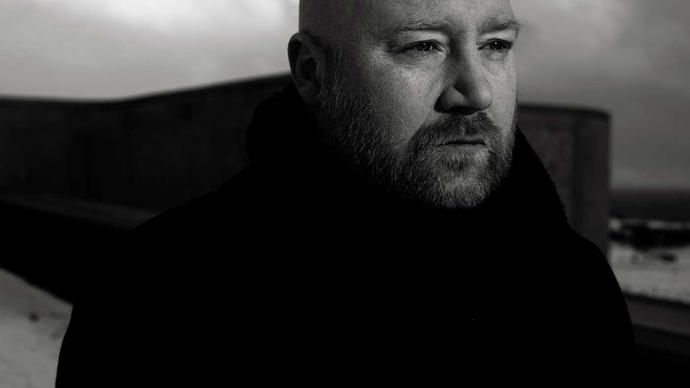
Long read: remembering Jóhann Jóhannsson
Arwa Haider looks back on the late composer’s life and work, exploring the legacy of an incredible talent.
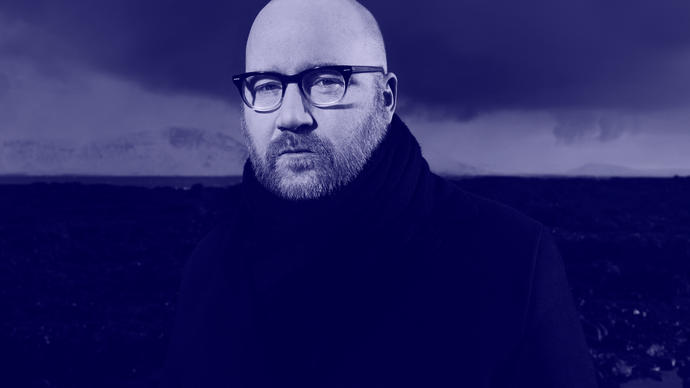
Listen: Jóhann Jóhannsson
Jóhann Jóhannsson lay the foundations for a wave of musicians that have redefined contemporary classical music, by marrying instruments and technology in thought-provoking new ways.

From the archive: Jóhann Jóhannsson on 'The Miners' Hymns'
In 2014, we invited Jóhann Jóhannsson on our podcast to discuss the silent film 'The Miners' Hymns' and the history - and future - of the mining communities in northeast England. Take a listen...
You might also like...

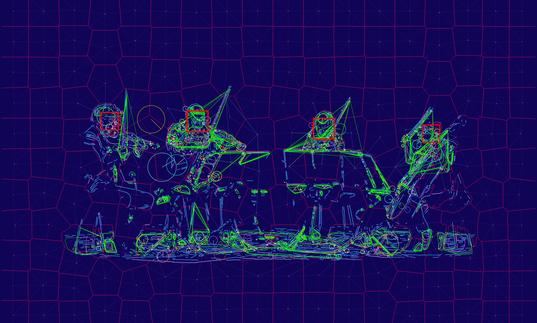
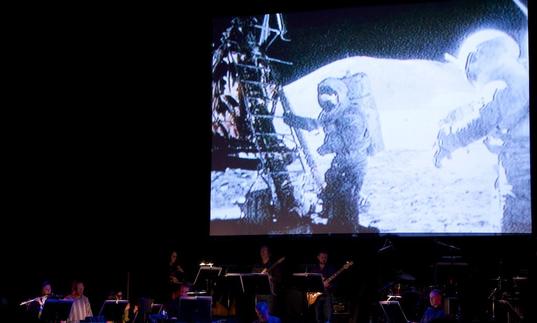
Barbican Hall
Location
The Barbican Hall is located within the main Barbican building. Head to Level G and follow the signs to find your seating level.
Address
Barbican Centre
Silk Street, London
EC2Y 8DS
Public transport
The Barbican is widely accessible by bus, tube, train and by foot or bicycle. Plan your journey and find more route information in ‘Your Visit’ or book your car parking space in advance.
We’ve plenty of places for you to relax and replenish, from coffee and cake to wood-fired pizzas and full pre-theatre menus
Mobility
Spaces for wheelchair users in row U at the rear of the stalls (up to sixteen, depth of row 180cm) and the back row of the circle (four), both with fold-down companion seats. Some seats in row S of the stalls for people with very limited mobility.
Assistance dogs
Assistance dogs may be taken into the concert hall where there are a limited number of suitable seats in row G of the stalls. If you prefer, you may leave your dog with a member of the cloakroom staff during the performance.
Hearing facility
There is an induction loop in the concert hall. You can use this by adjusting your hearing aid to the ‘T’ setting.
Free large-print programmes
These are available for most of our concerts. Please contact access@barbican.org.uk at least a week beforehand, to prebook a large-print programmme.
For more access information, please visit our Accessibility section.
Plan your visit
Meet friends, grab a drink, drop in to one of the free installations on Level G before the show - here's what else is happening at the Barbican when you visit.
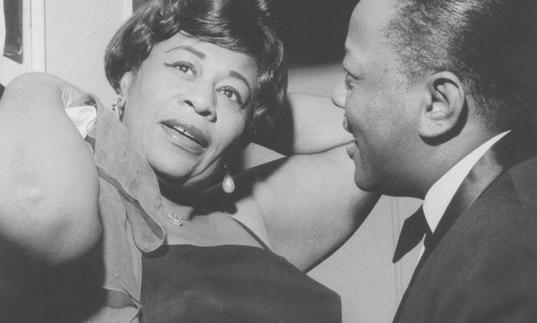
A Barbican Library Exhibition
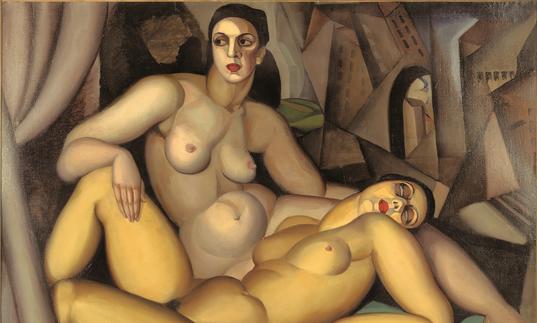
Art, Intimacy and the Avant-garde
